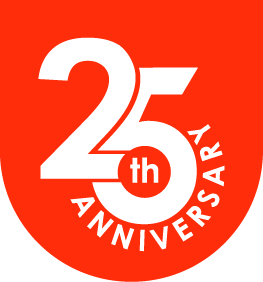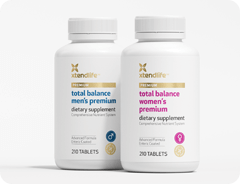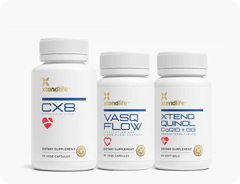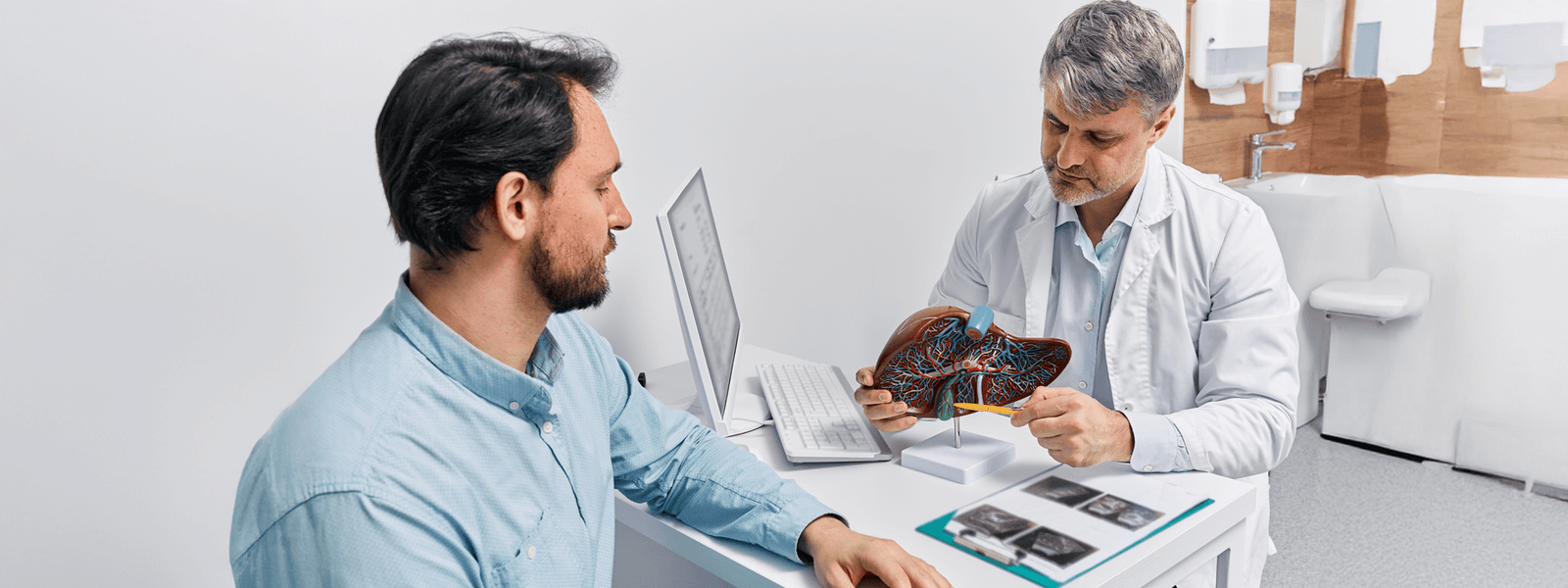By: Dion Woodfield
In the 1984 sci-fi movie ‘The Terminator’, Arnold Schwarzenegger played a cyborg with a powerful metal endoskeleton and an external layer of living tissue that made him appear human. In a lot of scenes the Terminator gets wounded and his external layer of tissue heals very quickly.
Wouldn’t it be great if we were like the Terminator? Scratches, scrapes, cuts, and other types of wounds us humans deal with would heal in lightning quick time.
Away from the world of science-fiction we have our very own extraordinary and complex scientific process for wound healing only things take a little longer. Wound healing is an organized process which goes through four distinct, orderly phases where missing cellular structures and layers of tissue are replaced.
The four, often overlapping, phases are Hemostasis, Inflammation, Proliferation and Remodeling. (1)(2)
The University of Maryland Medical Center describes a wound as “a break in the skin, the first line of defense against infection.”
With that definition in mind wounds can include all the scratches, scrapes and small puncture wounds and cuts which happen to us every day. Other more major wounds include incisions (clean cuts), lacerations (jagged cuts) and burns. (3)
The epithelial tissue which lines the body’s surface has the function of protecting the body from the external environment.
When our body tries to repair wounds there is a major increase in cellular activity at the site. To compensate for this the body needs more nutrients to keep infection away and strengthen skin and tissue again.
A wound needs energy in the form of our food and supplements – protein, carbohydrate, fats, amino acids and other nutrients.
During this healing process a lack of important nutrients can make people susceptible to infection and slow down recovery times. On the other hand, the right nutrients used at the right phase, can help to speed up recovery and provide strength and integrity to the damaged tissue.
If a wound heals well it should heal quickly with little pain, discomfort and scarring. The scar tissue should be strong as well. Upon healing the color of the tissue is important (red or pinkish is generally healthy while darker tissue can mean it’s infected). (4)
So you may be asking yourself what happens in these phases of healing and what nutrients can help.
The phases of wound healing
Let’s imagine you are cutting some vegetables up to cook for lunch and the knife slips and cuts your hand. Blood runs everywhere from the incision on your hand and you have to clean up but what’s happening to the wound now?
1. Hemostasis
In the hemostasis phase of healing the flow of blood stops and vessels constrict and seal themselves off, forming a clot to stop bleeding.
As the body moves into the inflammation phase it’s helpful to limit nutrients that might affect blood clotting, especially if there is surgery needed.
2. Inflammation (lasts about 6 days).
Inflammation is the body’s natural response to trauma. Nutrients, white blood cells, antibodies, enzymes and other elements enter the area to promote healing of the wound and keep infection away.
At this point you’ll notice physical signs like swelling, pain and redness begin.
A healthy level of inflammation has an impact on the formation of scar tissue. Too much inflammation can increase tissue damage, take away healthy tissue and slow repair and mobility. On the other end of the scale not enough inflammation can also slow down recovery.
Reducing inflammation can help control pain and swelling. The following nutrients promote wound healing at this phase.
Important nutrients:Vitamin A - A deficiency in Vitamin A is common among the general population so it’s good to be using this nutrient to help prevent infection, improve immunity and support the formation of epithelial tissue in healing. It also acts as an anti-inflammatory agent. (5) Add Vitamin A to your diet in the form of green leafy vegetables and orange fruits and vegetables.
Bromelain - Bromelain is an enzyme from pineapple which helps reduce inflammation, swelling, redness, pain and healing time from tissue injuries or surgery. (6) Its effects are strengthened when used alongside Turmeric.
Turmeric - Turmeric works as an anti-inflammatory and can speed up the healing process. Various studies show turmeric reduces the body’s natural response to wounds. It also has the ability to help with tissue formation, depositing collagen and tissue remodeling which is involved in a later phase of the wound healing process. (7) (8)
Ask your doctor before taking Bromelain or Turmeric if you are on Blood Thinning medication as they may increase the risk of bleeding.
3. Proliferation (Up to 4 weeks)

In this important phase of healing the wound gets rebuilt with healthy tissue. The new tissue is made up of the extracellular matrix and collagen and allows development of new blood vessels. These need a good supply of nutrients and oxygen to replace the damaged ones.
The extracellular matrix is made of polysaccharides, water and collagen proteins and gives the skin its elasticity and tensile strength. The largest class of fibrous extracellular matrix molecules is the collagen family. (9)
Important Nutrients:Vitamin C - Vitamin C decreases at the site of the wound. If people are deficient in Vitamin C, supplementation can help to decrease inflammation at the wound site and stimulates formation of the epidermal tissue. Collagen forms the important structures of new connective tissue rebuilt at the wound site and the enzymes which help to form collagen cannot function without Vitamin C. (10) (11) Citrus fruit is a great source of Vitamin C.
Magnesium - Magnesium is important in wound healing as it is a co-factor for enzymes such as bromelain and stabilizes ATP which powers collagen and protein synthesis.
Zinc - Zinc is involved in protein synthesis and cellular proliferation. With Zinc deficiency there is a decrease in fibroblast proliferation and collagen synthesis which decreases the strength of the wound and the epithelial integrity. Zinc at the right levels can help to strengthen the wound and support healing. (12)(13) Eat red meats and seafood which are high in Zinc and also a good source of protein.
4. Remodeling(Over 4 weeks – years)
By this phase the wound is closing up and the strength of the dermal tissues and functional fibroblasts are enhanced. Fibroblasts are the connective tissue cell responsible for depositing collagen needed to repair tissue injuries. Scarring then happens as a result of collagen synthesis and remodeling.
It’s important not to neglect the wound at this stage because it can break down easier as it’s not quite at full strength.
The amount of daily energy needed may increase dramatically as the body tries to stimulate tissue growth. This is the phase to increase your intake of protein in your diet to assist with wound strength and tissue formation. Protein is important for collagen synthesis and deposition and a decrease in skin wound breaking strength and infection rates.
Important nutrients:Collagen - Collagen is the most abundant protein in the body and the main part of the wound matrix. It provides strength, integrity and structure and when tissues are messed up after an injury you need collagen to repair the defect and restore the structure and function. Cell activity declines with time and blood vessels decrease in the affected area. (14)(15)
Arginine - This amino acid stimulates wound healing and synthesis of collagen which can help to speed up recovery. Clinical trials and studies have showed an improvement in collagen synthesis after supplementation with Arginine. (16)(17)(18)
Of the nutrients outlined to help with wound healing, Vitamin A, Vitamin C, Zinc, Magnesium, Bromelain, Turmeric Extract and Arginine can be found in Xtendlife’s Total Balance Range.
A good source of Collagen can be found in Skin Support and Zupafood for Skin. These products can help to provide strength to skin tissue by supplying Collactive marine collagen and elastin polypeptides. The ratio is the same found in the dermal layer of the skin and is great to use in combination with the other nutrients in Total Balance to aid wound healing.
SOURCES
- http://emedicine.medscape.com/article/1298129-overview#a5
- http://www.ncbi.nlm.nih.gov/pubmed/20139336
- http://umm.edu/health/medical/altmed/condition/wounds
- http://go.galegroup.com/ps/anonymous?id=GALE%7CA111303980&sid=googleScholar&v=2.1&it=r&linkaccess=fulltext&issn=10895159&p=AONE&sw=w&authCount=1&isAnonymousEntry=true
- http://www.ncbi.nlm.nih.gov/pubmed/12230799
- http://wholehealthchicago.com/2009/05/11/bromelain/
- http://www.hindawi.com/journals/btri/2012/976203/abs/
- http://www.ncbi.nlm.nih.gov/pubmed/25200875
- http://www.worldwidewounds.com/2005/august/Schultz/Extrace-Matric-Acute-Chronic-Wounds.html
- http://www.surgerysupplements.com/the-role-of-vitamin-c-in-wound-healing/
- http://lpi.oregonstate.edu/mic/micronutrients-health/skin-health/nutrient-index/vitamin-C
- http://www.altmedrev.com/publications/8/4/359.pdf
- http://www.pilonidal.org/surgery-aftercare/vitamins-nutrition/
- http://www.advancedtissue.com/new-insights-uncovered-effectiveness-collagen/
- http://journals.lww.com/co-clinicalnutrition/Abstract/2008/05000/Assessment_and_nutritional_aspects_of_wound.15.aspx
- https://www.researchgate.net/publication/6985904_Nutrition_and_Wound_Healing
- http://www.ncbi.nlm.nih.gov/pmc/articles/PMC3900114/
- http://www.orthomed.org/resources/papers/brvwnd.htm
-------------
Dion was born and bred in Christchurch, New Zealand and is passionate about people achieving the best health outcomes possible. He studied Journalism and has an interest in writing about health, fitness and nutrition, particularly men’s health and sport. He follows a variety of sports including rugby league and also enjoys travelling and hiking in New Zealand’s great outdoors. Dion is looking forward to becoming a father for the first time in September.


 Supplements
Supplements Bundles
Bundles










